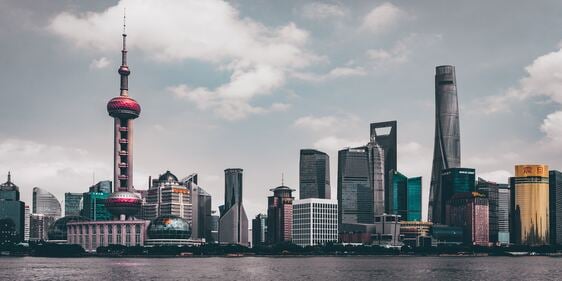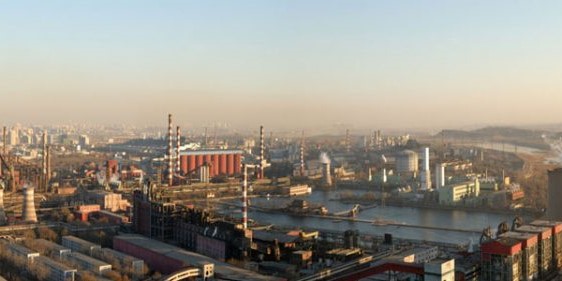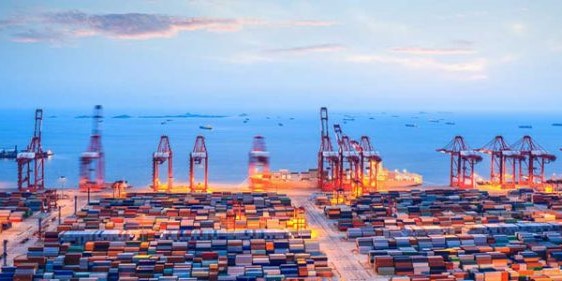Outsourcing production to Asia is a complicated process that takes a lot of research, work, and resources. But in the end, it is profitable.
That being said, you have to be prepared for the time it takes to plan, execute and maintain the different elements of the supply chain. Otherwise, it can lead to many problems and additional, unnecessary, costs.
In this article, you will read more about different elements of outsourcing that you should take into consideration.
Tip 1: Hire employees close to your suppliers
Many companies choose to place customer service staff close to the customer. This is for some matters sensible but has its downsides as well.
Quality control and overseeing the production plants are key factors in preventing mistakes and securing a successful process when you outsource your production.
That is why hiring local staff close to your suppliers is a sensible strategy. By hiring employees who know the local language and culture by heart, the number of misunderstandings between countries will be reduced significantly.
The local staff member will be able to act swiftly whenever you need tuning of the manufacturing processes. This could be in case of any quality issues as well as product changes, ensuring you fewer mistakes in the production and logistics process.
Tip 2: Consider making use of industrial hubs
Depending on the complexity of the product you need, finding an industrial hub for your production could be an advantage. This will provide you with a number of factories that specialize in exactly the element of production you need.
Take for example box build assembly. This process consists of many different elements and requires a number of specialisations. Having everything produced and assembled in one factory would simply not be possible if you want high quality. However, finding an appropriate industrial hub would group the processes closer to each other, essentially simplifying the logistics of the assembly.
Read this article on how to successfully set up a production in an industrial hub.
Tip 3: Build your shipping strategy
Once you have produced the perfect, fulfilling product you might think the hardest part is over. But this is rarely the case. The next major challenge is the shipping of the goods.
Here you have a couple of options: ship or airplane. Shipping by aeroplane is fast but expensive. Sea freight is less expensive but slower.
You can also consider a courier in case of delivering prototypes and samples.
Tip 4: Develop an inventory/stock strategy
Customers are getting more interested in establishing inventory solutions. The goal of this is to achieve short lead times and high delivery precision. Both timing and quantity must be exact for a secure supply chain.
You can find various practical and digital tools for this purpose – and new ones are continuously developed.
Some suppliers also offer safety stock. These are handy in case of demand fluctuations because you will be more secure against sudden changes.
A complicated but profitable activity
As you know, supply chain management is not an easy practice. There are many elements to take into consideration, and especially if you outsource part of the supply chain you will need to choose suppliers and strategies carefully.




